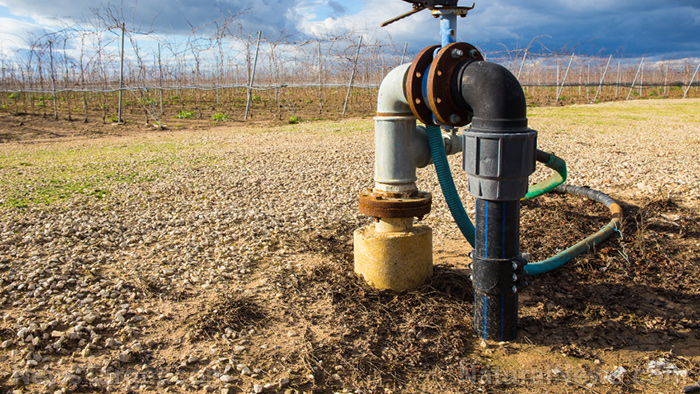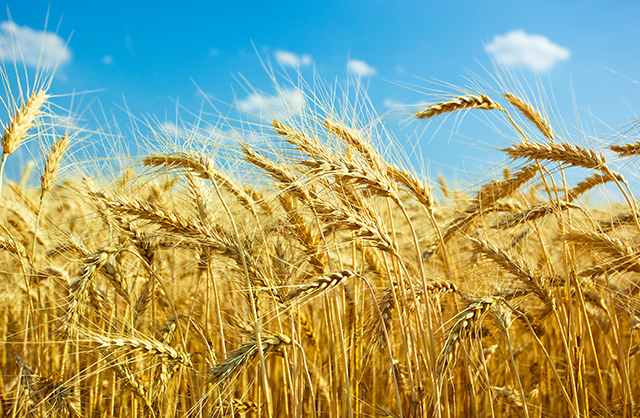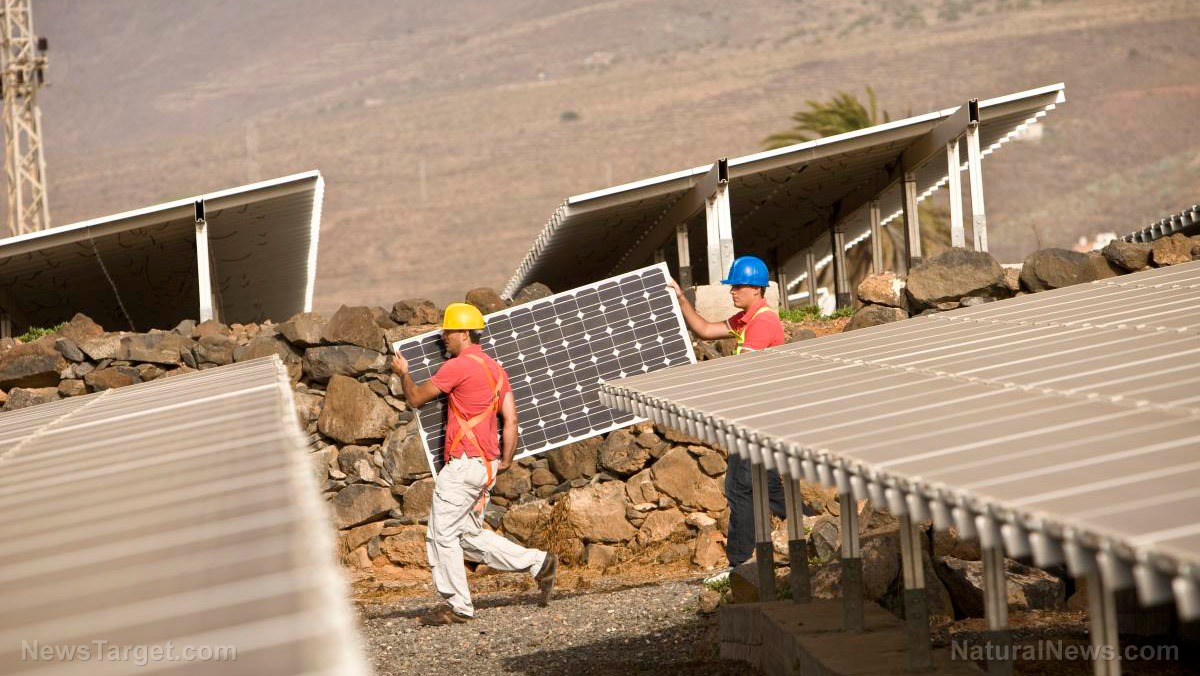Alaska task force recommends $67M worth of local measures to avert looming food shortage
08/07/2023 / By Belle Carter

A report by the Alaska Food Strategy Task Force (AFSTF) has warned that the state’s dependence on outside sources makes it vulnerable to shortages.
Hence, it recommended $67 million worth of local measures and courses of action to avert an imminent food supply crisis. AFSTF Chair and Alaska Republican Sen. Shelley Hughes lauded the 36-seat task force’s efforts to pinpoint actionable and achievable steps to overcome the challenges being faced by Alaska.
“We are currently vulnerable, and it is time we begin to implement tangible solutions. Our over-dependence on the lower 48 puts us one crisis away from a food shortage. An earthquake, a labor strike at a major port, a pandemic – and we would see our store shelves empty out in short order,” Hughes said. (Related: Food insecurity a growing problem in US – America turning into a third-world country.)
“Rather than an academic discussion about interesting ideas, the report includes specific, workable strategies that list responsible entities, any required statutory or regulatory changes, proposed timelines and action steps, and metrics to be used to measure progress and success. We are not promoting boondoggles or interested in theories on paper. We are focused on actually increasing food production and access to locally grown foods over the coming years.”
The recommendations in the 86-page report cover three priority areas: sustainably growing Alaska’s agriculture industry; growing markets for local products; and improving transportation and infrastructure. One recommendation is the creation of an Alaska Department of Agriculture. It would cost more than $20 million to establish this government agency. The report also called for $3 million for forgivable loan programs to improve access to capital for food producers.
The task force’s study also recommended $43 million to increase research capacity and programs through the University of Alaska Fairbanks Institute of Agriculture, Natural Resources and Extension. It also suggested expanding agriculture, including extending leases on state-owned land and encouraging tax exemptions for farmland. The creation of an Alaska Grown Marketing Institute and re-establishment of an Alaska meat inspection service would cost approximately $600,000, as per the report. The piece also urged grocery stores to track and sell more Alaska-grown food and expand the Agriculture Revolving Loan Fund to food processors and manufacturers.
Moreover, it recommended the following actions to improve transportation and infrastructure: strengthen maritime and aviation infrastructure; improve bypass mail operations, data collection and analysis; create a Supply Chain Coordination Council; increase food storage for community food banks and disaster preparedness; and extend the Northern Rail.
Recommendations like extending the Alaska Railroad to Fort Greely did not include an estimated cost in the report, but it said this effort would need both state and federal funds.
Hughes: Alaska’s food strategy report will not collect dust in file
The task force’s next report is due on Aug. 1, 2024, and will zero in on the remaining four focus areas as well as updates to recommendations in this year’s report. Hughes vowed that the group is committed to the work ahead toward greater food independence in the state. “The report the task force has issued is not intended to collect dust in a file,” she promised.
AFSTF Executive Board Member Michael Johnson said the state’s food security is complex, “but requires both sound management of wild food systems and robust supply chains that provide high-quality and affordable food to populations across a vast area.”
“This task force has identified many actionable and data-driven proposals across three initial focus areas that can support local production, reduce waste, and foster economic growth. We hope these intervention options foster high-level discussion and will be strongly considered as our team begins to work on the remaining four focus areas,” he added.
Kelli Foreman, another executive board member and vice president of the Alaska Farm Bureau-Kodiak Chapter, applauded the expected implementation of the recommendations in the report. “As a farmer, it has been great to actively engage in the process of forming actionable recommendations,” she said. “Task Force members are working to help empower farmers to not just survive but thrive in Alaska through enhancing support programs, boosting production, unlocking new avenues to reach and expand markets, and ensuring success in an ever-evolving agricultural landscape.”
Visit FoodCollapse.com to read more about food production issues that could lead to shortages and starvation.
Watch the video below that talks about how Bill Gates and Silicon Vallet push “farming without farmers and food without farms.”
This video is from the Free4eva Media channel on Brighteon.com.
More related stories:
Drug and food shortages are here, and they will get a lot worse.
Sources include:
Submit a correction >>
Tagged Under:
AFSTF, agriculture, big government, bubble, chaos, collapse, famine, food collapse, food insecurity, food scarcity, food security, food shortage, food supply, hunger, imports, panic, rationing, scarcity, Shelley Hughes, starvation, strategies, transportation
This article may contain statements that reflect the opinion of the author
RECENT NEWS & ARTICLES
COPYRIGHT © 2022 Scarcity.news
All content posted on this site is protected under Free Speech. Scarcity.news is not responsible for content written by contributing authors. The information on this site is provided for educational and entertainment purposes only. It is not intended as a substitute for professional advice of any kind. Scarcity.news assumes no responsibility for the use or misuse of this material. All trademarks, registered trademarks and service marks mentioned on this site are the property of their respective owners.


















